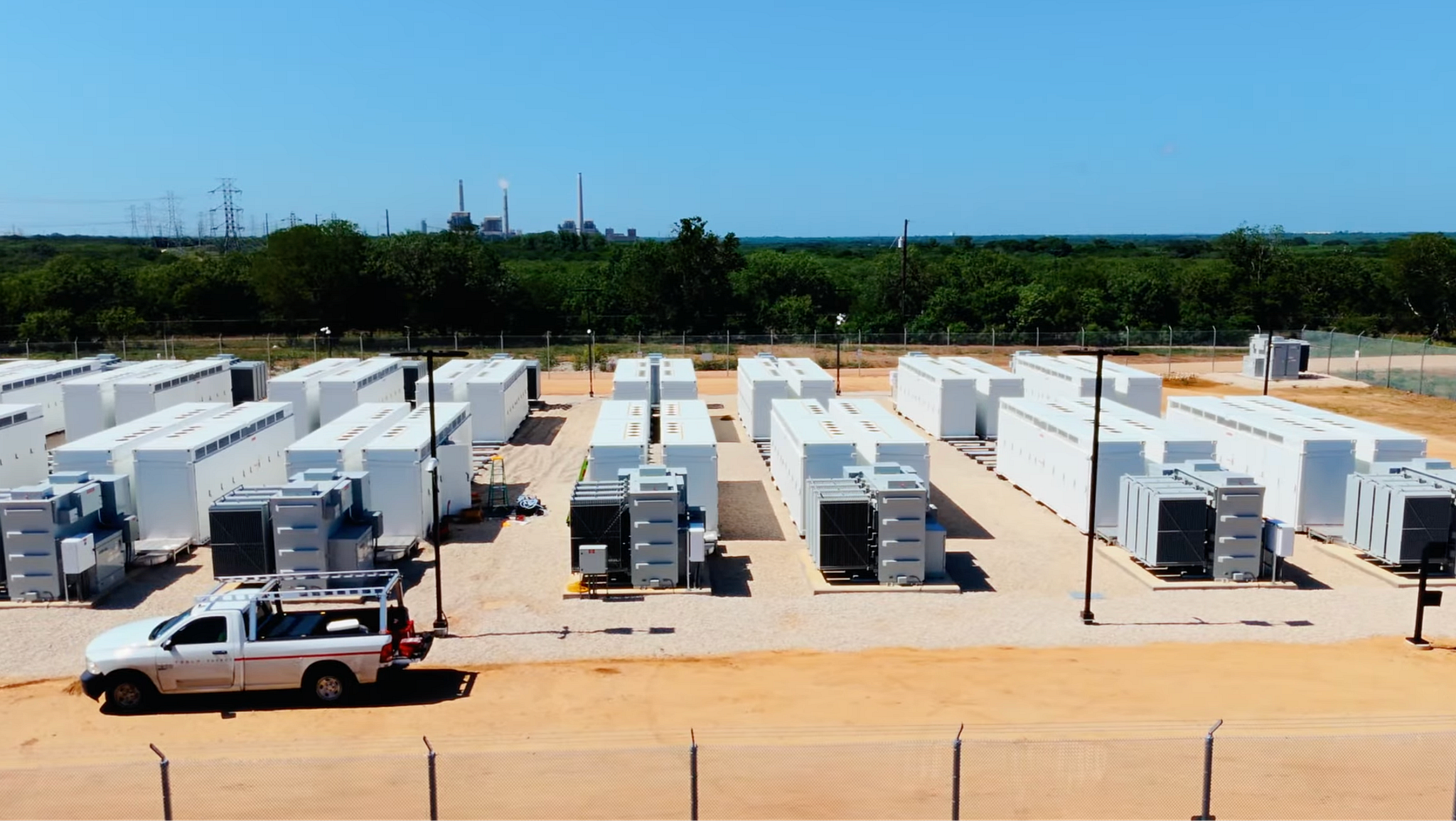Longer Duration Storage Coming To Texas, Grid Roundup #80
Also, utilities took home nearly $100 million in bonuses despite lower achievement; ERCOT's Monthly Outlook doesn't consider drops in gas output; minimum demand was up sharply this summer
Largest battery project in Texas closes financing; prospects for long duration storage hinge on upcoming decisions about new ancillary service;
Utilities took home nearly $100 million in “bonuses” in 2024 even though savings were down; that money could have been spent to reduce winter reliability risk;
ERCOT’s Monthly Outlook (MORA) shows 1.5% chance of outages on December mornings but 10% if demand reaches 76 gigawatts;
Minimum demand in summer months was, on average, up 8.5% (~4 gigawatts) compared to 2024;
Grid Roundups, along with the full archives, select episodes of the Energy Capital Podcast including this one with CPS Energy CEO Rudy Garza, special presentations, Reading and Podcast Picks, and more – are for paid subscribers. If you can’t afford a paid subscription, please email stoicenergyconsulting at gmail to request a complimentary subscription.
Largest battery project in ERCOT secures financing; prospects for future long duration storage hinge on decisions about DRRS
Last week, I reported that Texas passed California for the most batteries installed with over 14 gigawatts compared to California’s 13. But California has far more gigawatt-hours: 47GWh compared to Texas’ 23.5 GWh. Most of Texas’ batteries are 1- or 2- hour duration whereas most of California’s are 4-hour duration.
But now Texas is getting 5-hour batteries and they’re big: phases 2 and 3 of the Padua project will equal 350 megawatts and 1.7 gigawatt-hours. Added to the existing 50 MW / 100 MWh batteries already there, the Padua project in San Antonio will total 400 MW / 1.8GWh.
This one project alone – located right next to CPS’ 1960’s Braunig gas units and right next to a major transmission constraint – will increase Texas’ gigawatt-hour capacity by over 7%.
Eolian CEO Aaron Zubaty said this in a press release: “Under Governor Abbott’s leadership, Texas is showing the nation how to build energy infrastructure today that ensures sustained economic expansion for the future. By calling for and then passing into law new reliability products for the Texas grid, the Governor and Legislature sent a clear market signal that directly led to our substantial investment in this project.”
He’s most likely referring to the Dispatchable Reliability Reserve Service (DRRS) for which ERCOT will soon file a new NPRR. There has been much discussion among stakeholders – particularly in debates around the stalled NPRR 1235 – about whether batteries will be allowed to compete within the DRRS. Several commenters noted that the original bill (SB 7) with DRRS was for a reserve service with 10-hour duration.
If the legislature wanted to exclude 4- and 5-hour batteries they could have stuck to that. They didn’t.
The Senate adopted an amendment unanimously to change it to four hours. Here’s the rationale for the change as stated by Senator Zaffirini when she introduced the amendment:
This amendment changes the run time from ten (10) hours to four (4) hours but allows ERCOT to require a longer run time if they determine it is necessary. This was done to address concerns that a 10-hour run time would limit dispatch resources like batteries. If the need for a run time longer than four hours is necessary in the future, however, ERCOT will be able to make this change.
If ERCOT and the PUC move to exclude batteries from DRRS, it will almost certainly dampen investment in longer duration energy storage and send a strong signal that developers should limit batteries to an hour or two – in direct contradiction of the stated legislative intent and the plain language of the law.
Keep reading with a 7-day free trial
Subscribe to The Texas Energy and Power Newsletter to keep reading this post and get 7 days of free access to the full post archives.


